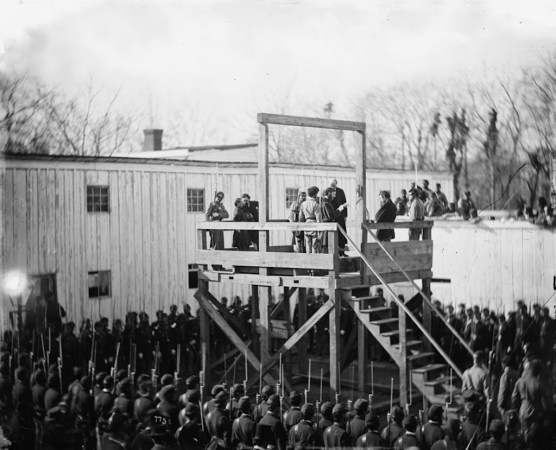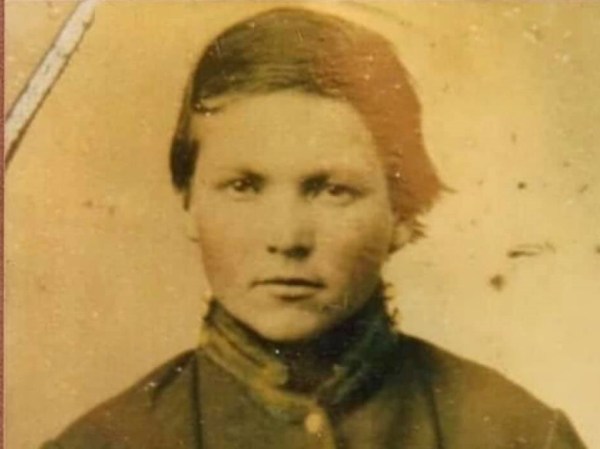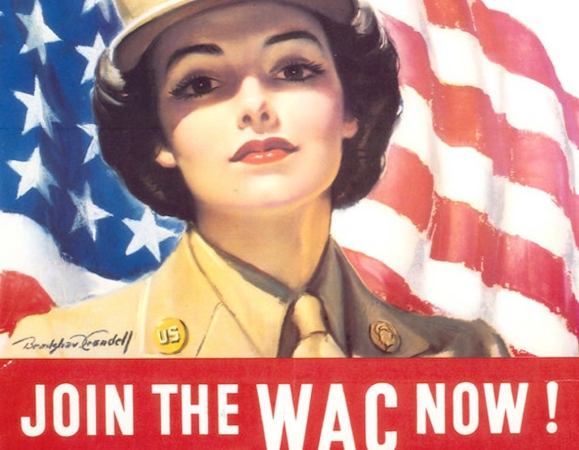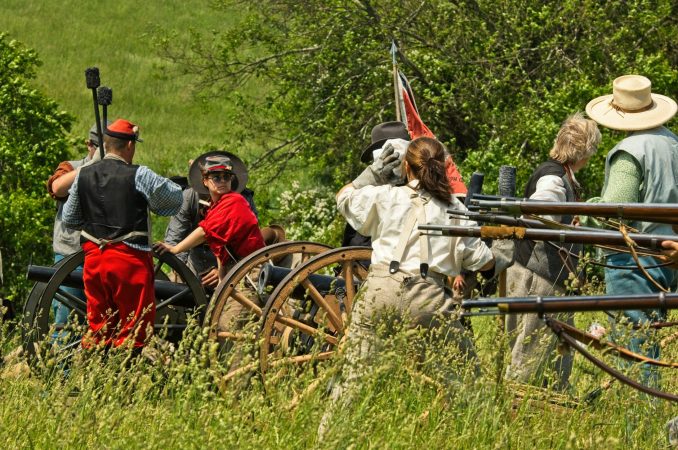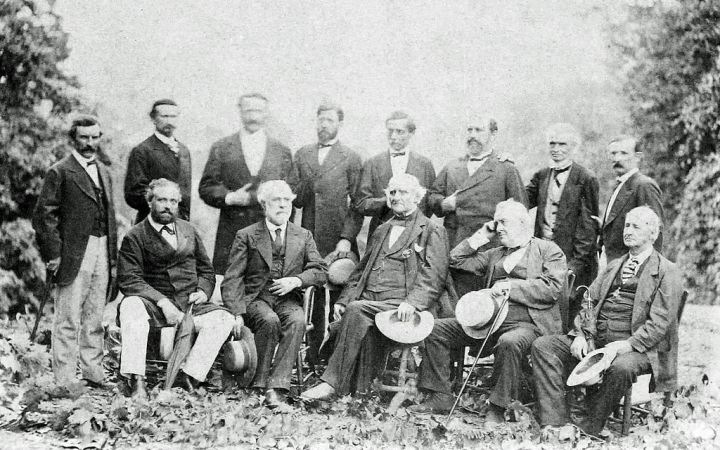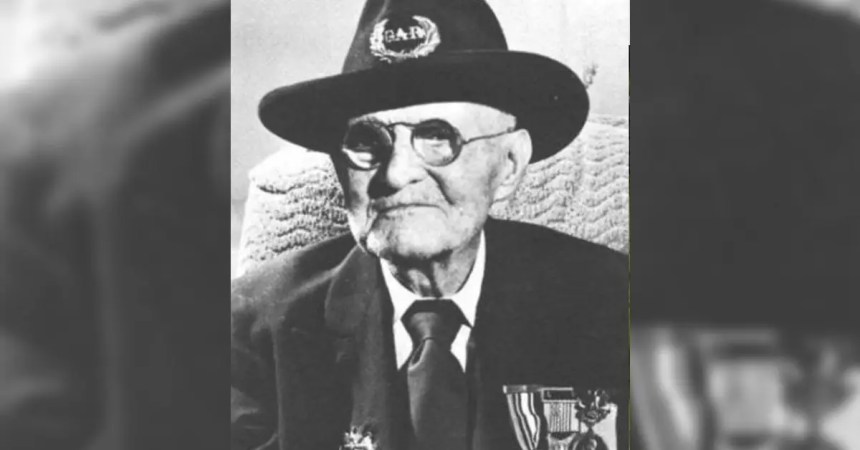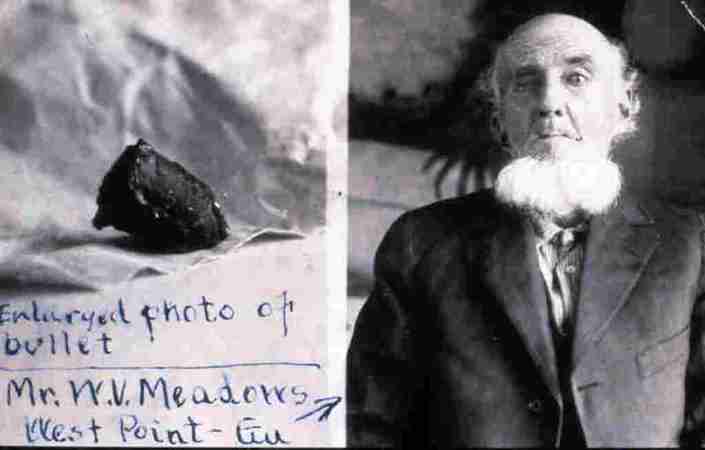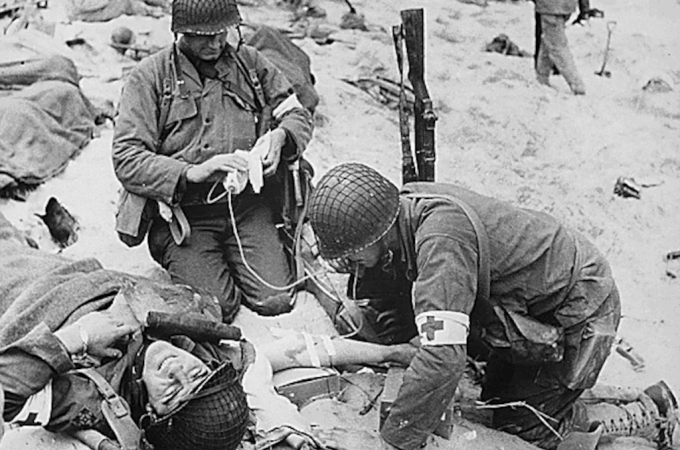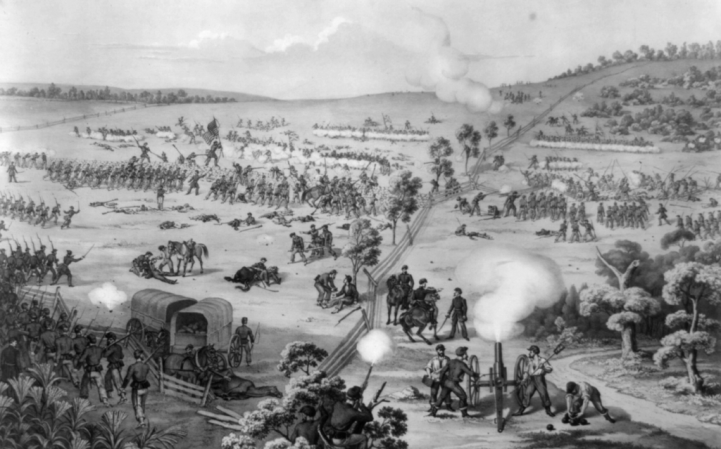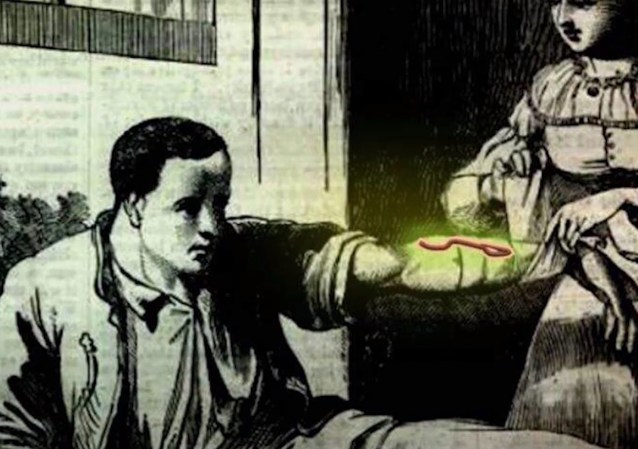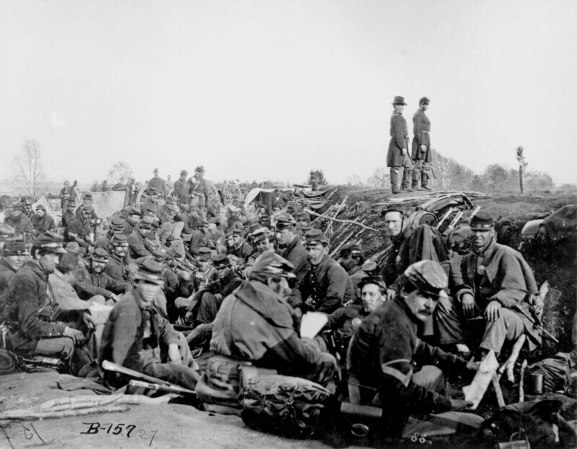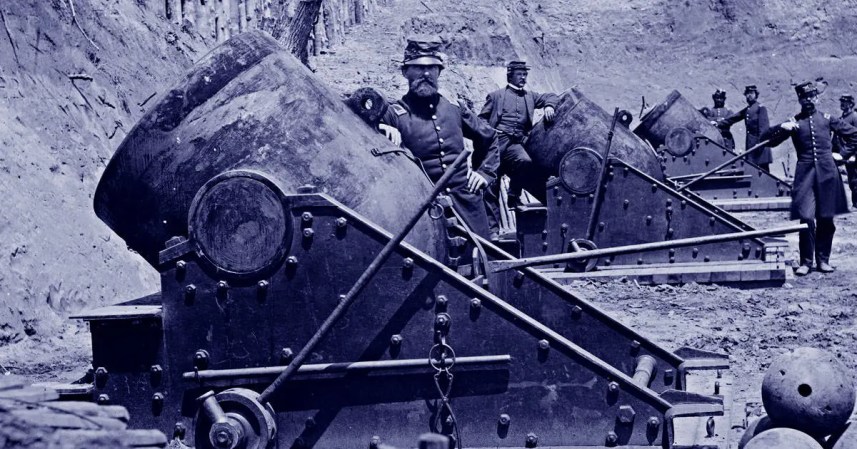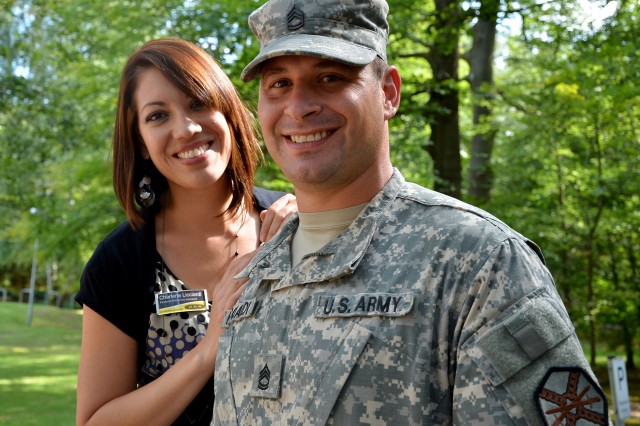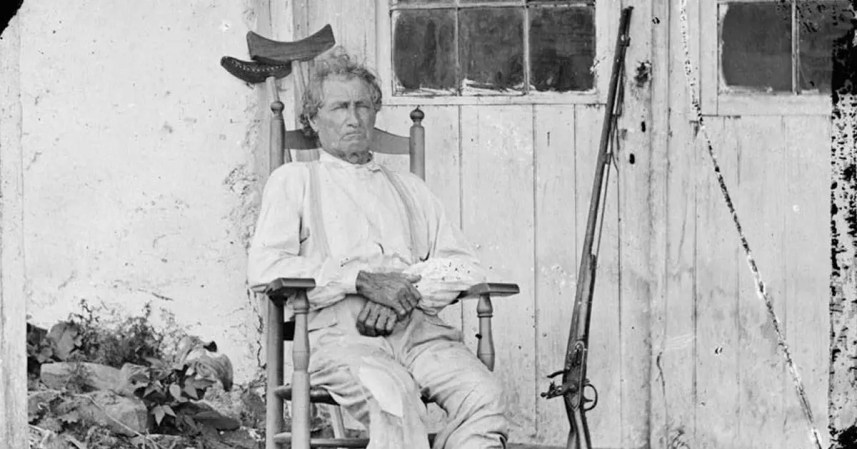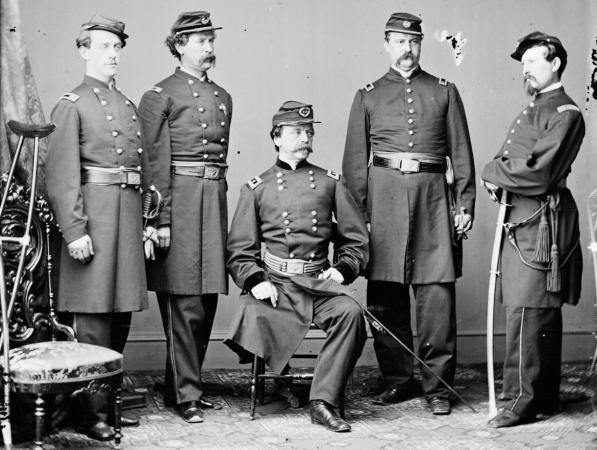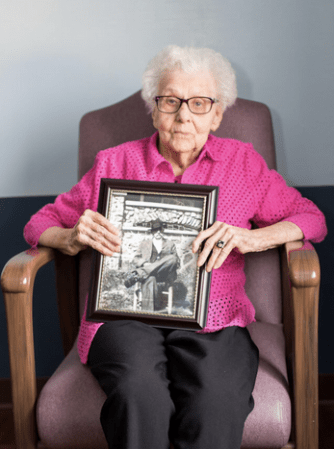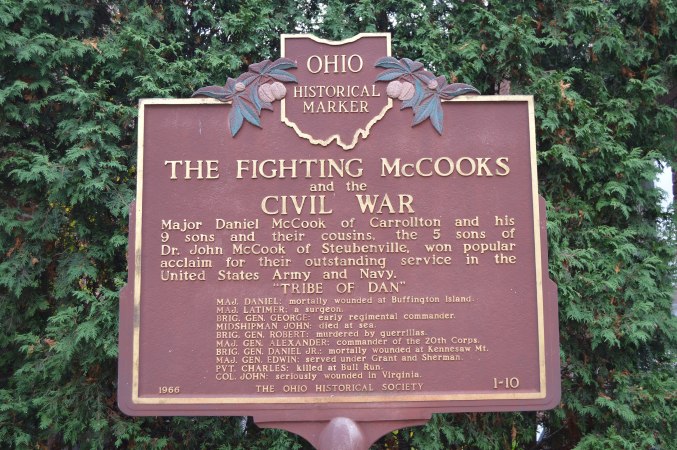After the American Civil War ended in 1865, a new problem was on the rise among veterans on both sides of the war. It was estimated that 400,000 soldiers were addicted to the morphine used to ease their pain while wounded. The problem was so widespread that it became known as “soldier’s disease.”
The painkilling properties of the opium poppy were well known among doctors and chemists for centuries before the Civil War but was first extracted from the plant in the early 1800s by Freidrich Sertumer. The addictive properties were discovered shortly after, as Sertumer himself ended up addicted to the drug during his experiments.
It was only a few years before morphine became a widespread painkiller, and even shorter before it became a cure-all for everything from headaches to alcoholism. During the Civil War, there weren’t a lot of tools available to battlefield surgeons, but the surefire way to take care of a bullet wound the size of a baseball was to offer a little pain relief through morphine.

Estimating that 400,000 wounded Civil War veterans were addicted to the morphine used on them in battlefield clinics is likely very high. Between both sides of the war, Union and Confederate, the total number of wounded adds up to a little more than 400,000 – that means every single wounded veteran would have to become addicted to morphine for this to be true.
So while the problem may not have been as widespread as many later claimed, it was still a big deal. Morphine isn’t the most addictive substance on the planet, but it might have been at the time and today it’s the standard by which we measure addiction.
Still, the problem persisted among veterans of both the North and South. In veterans who came out of the war physically unscarred, the problem of what we know today as post-traumatic stress disorder led to hallucinations, outbursts of anger and violence, and a host of other complications. With the state of the mental health profession being what it was in the 1800s – either quackery or nonexistent – doctors routinely turned to desperate means to treat them.

No one quite understood what was happening to these otherwise fine Civil War veterans. Many terms were used to come up with a way of describing their situation: “combat fatigue,” “neuralgia” and “soldier’s heart” were just a few ways doctors attempted to put the problem into context for a society that could not understand.
In both the North and South, soldiers exhibited the same issues that plague many today, increasing divorce rates, suicides and substance abuse were common among Civil War vets. Without the knowledge of practical psychiatry we know today, doctors attempted to curb this new, misunderstood social plague with opium or even, yes, morphine.
The end result was many veterans who may not have been addicted on the battlefields where they received their wounds, but long after the war in trying to treat those unseen wounds of war. It would be decades before people began to see these problems as psychological and even longer before they treated it accordingly.
One Confederate Civil War veteran finally decided to treat his morphine addiction himself. Wounded by a cavalry saber while defending Columbus, Georgia, doctors used morphine to treat his pain. In 1866, John Pemberton created what would become Coca-Cola while trying to make a morphine-free way to ease his pain.



